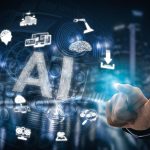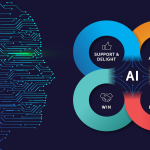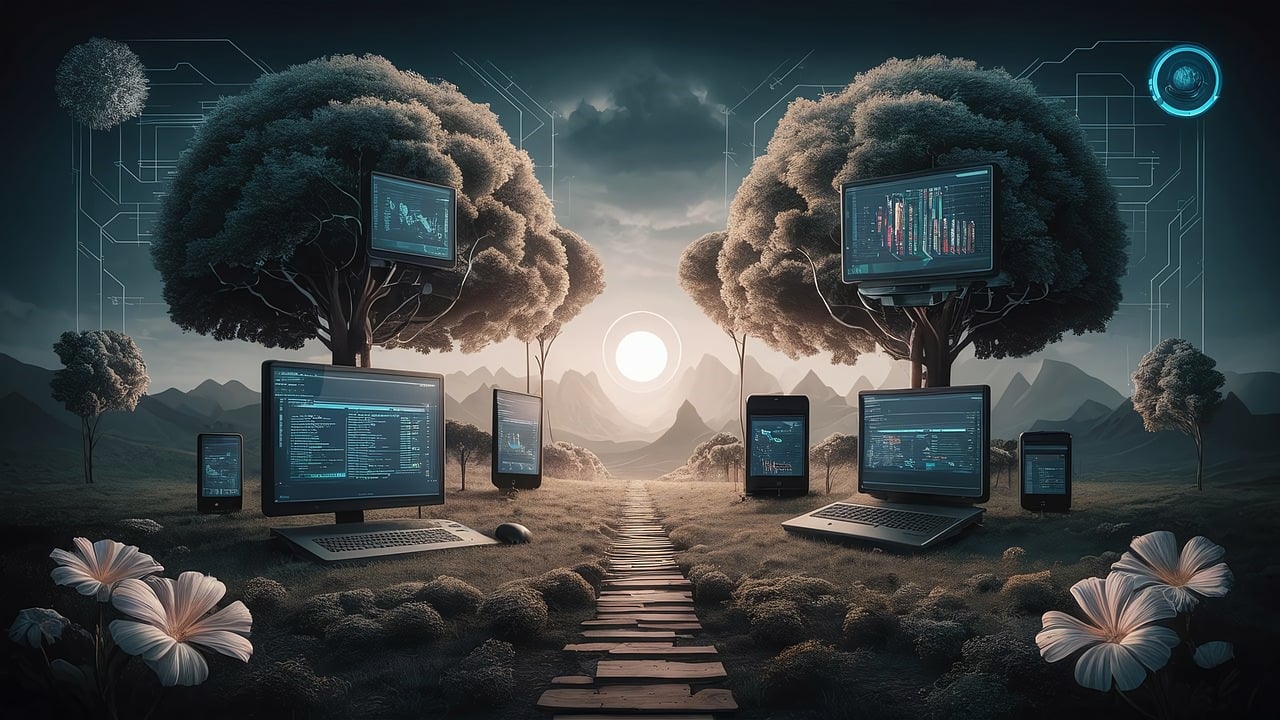In today’s rapidly evolving workplace, artificial intelligence (AI) is playing an increasingly significant role in transforming how businesses operate. While AI offers remarkable efficiencies and capabilities, it is crucial to balance these technological advancements with the human touch that is essential for creativity, empathy, and complex problem-solving. Understanding how to integrate AI and human skills can lead to more innovative and effective workplaces.
AI excels at tasks that require data processing, pattern recognition, and predictive analytics, making it a valuable tool for automating routine operations. However, there are certain aspects of human interaction that AI cannot replicate. Emotional intelligence, empathy, and ethical decision-making are critical areas where humans outperform machines. By focusing on these uniquely human skills, employees can enhance their value and contribute to a workplace that leverages both AI capabilities and human strengths.
The Role of Emotional Intelligence

Emotional intelligence (EI) is increasingly recognized as a vital skill in the modern workplace. As AI takes on more analytical tasks, the ability to understand and manage emotions becomes a crucial differentiator for human workers. EI encompasses self-awareness, empathy, and the ability to build meaningful relationships, all of which are essential for effective leadership and teamwork.
In environments where collaboration and innovation are key, emotional intelligence enables employees to navigate interpersonal dynamics and foster a positive work culture. By understanding the emotions and motivations of others, individuals can communicate more effectively, resolve conflicts, and inspire their teams. As AI handles the data-driven aspects of work, human employees can focus on creating an environment where creativity and collaboration thrive, ultimately leading to more successful outcomes.
Leveraging Creativity and Innovation
While AI can process information and identify trends, it lacks the ability to think creatively and generate novel ideas. Human creativity remains a vital asset in the workplace, driving innovation and enabling companies to differentiate themselves in a competitive market. By harnessing the power of creativity, employees can develop unique solutions and explore new business opportunities that AI alone cannot achieve.
Organizations that prioritize creativity often encourage experimentation and diverse perspectives. By creating an environment that values innovation, companies can maximize the potential of their workforce and uncover breakthrough ideas. The combination of AI-driven insights and human creativity can lead to more effective problem-solving and the development of cutting-edge products and services. By embracing creativity, employees can maintain their relevance and contribute to a dynamic and forward-thinking workplace.
Navigating Ethical Challenges

As AI becomes more integrated into business processes, ethical considerations are becoming increasingly important. AI systems can make decisions that impact people’s lives, from hiring practices to customer interactions. Ensuring these systems operate ethically and fairly is a responsibility that falls on human workers, who must oversee AI implementations and address any biases or unintended consequences.
Human skills in ethical reasoning and judgment are essential for maintaining trust and accountability in AI-driven environments. Employees must be equipped to question AI decisions and ensure that they align with organizational values and societal norms. By balancing AI capabilities with ethical oversight, companies can build more responsible and transparent systems that enhance their reputation and foster positive relationships with stakeholders.
Building a Collaborative Work Environment
The successful integration of AI and human skills requires a collaborative work environment where technology and people complement each other. Organizations that embrace a culture of collaboration can harness the strengths of both AI and human employees to achieve their goals. This involves fostering an open mindset, encouraging continuous learning, and promoting cross-functional teamwork.
By creating opportunities for employees to work alongside AI systems, organizations can empower them to leverage AI insights and improve their decision-making processes. This collaboration enables employees to focus on strategic initiatives, customer engagement, and innovation, while AI handles data-driven tasks. A harmonious relationship between AI and human skills can drive business success, enhance employee satisfaction, and lead to a more sustainable and resilient workplace.






